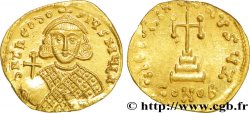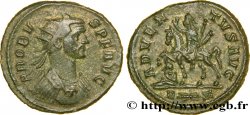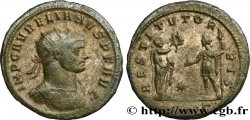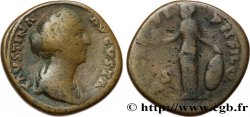You must signin and be an approved bidder to bid, LOGIN TO BID. Accounts are subject to approval and the approval process takes place within 48 hours. Do not wait until the day a sale closes to register. Clicking on "BID" constitutes acceptance of the terms of use of cgb.fr private live auctions.
Bids must be placed in whole Euro amounts only. The sale will start closing at the time stated on the item description; any bids received at the site after the closing time will not be executed. Transmission times may vary and bids could be rejected if you wait until the last second. For further information check the Live auction FAQ
All winning bids are subject to a 18% buyer’s fee.
All winning bids are subject to a 18% buyer’s fee.
| Estimate : | 550 € |
| Price : | no bid |
| Maximum bid : | no bid |
| End of the sale : | 29 January 2019 14:05:00 |
Type : Nomos, statère ou didrachme
Date: c. 350/340 - 320/310 AC.
Mint name / Town : Vélia, Lucanie
Metal : silver
Diameter : 20 mm
Orientation dies : 6 h.
Weight : 7,49 g.
Rarity : R1
Coments on the condition:
Exemplaire sur un flan ovale bien centré des deux côtés. Belle tête d’Athéna. Joli revers. Belle patine de médaillier avec des reflets dorés irisés bleutés
Catalogue references :
Obverse
Obverse legend : ANÉPIGRAPHE ; MONOGRAMME DERRIÈRE LE CASQUE.
Obverse description : Tête d'Athéna à gauche, coiffée du casque phrygien à cimier avec triple aigrette, orné d'un centaure.
Obverse legend : (KE)
Reverse
Reverse description : Lion passant à gauche, dévorant une proie.
Reverse legend : ULHTWN/ A/ (KE)
Commentary
De mêmes coins que les exemplaires de l’Ashmolean Museum d’Oxford (SNG Oxford, 1279 à 1281). La série 60 du classement de Williams se caractérise par un monogramme qui correspond à la signature du graveur Kléodoros. Sur cet exemplaire, on distingue très nettement un début de cassure de coin au droit devant le visage. Au revers, on remarque la présence de deux minuscules points devant l’antérieur et sous la queue. Très tôt, le monnayage de Vélia a été décrit comme ayant inspiré la drachme lourde de Marseille (LT. 785-791). Certains l’ont même décrit comme un monnayage symmachique : un lion de Vélia étant l’équivalent de deux lions de Marseille. Aujourd’hui, cette théorie est remise en cause.
Same dies as the examples in the Ashmolean Museum in Oxford (SNG Oxford, 1279 to 1281). Series 60 of the Williams classification is characterized by a monogram that corresponds to the signature of the engraver Kleodoros. On this example, we can clearly see the beginnings of a die break on the obverse in front of the face. On the reverse, we note the presence of two tiny dots in front of the fore-end and under the tail. Very early on, the coinage of Velia was described as having inspired the heavy drachma of Marseille (LT. 785-791). Some have even described it as a symmachic coinage: one lion of Velia being the equivalent of two lions of Marseille. Today, this theory is being challenged
Same dies as the examples in the Ashmolean Museum in Oxford (SNG Oxford, 1279 to 1281). Series 60 of the Williams classification is characterized by a monogram that corresponds to the signature of the engraver Kleodoros. On this example, we can clearly see the beginnings of a die break on the obverse in front of the face. On the reverse, we note the presence of two tiny dots in front of the fore-end and under the tail. Very early on, the coinage of Velia was described as having inspired the heavy drachma of Marseille (LT. 785-791). Some have even described it as a symmachic coinage: one lion of Velia being the equivalent of two lions of Marseille. Today, this theory is being challenged







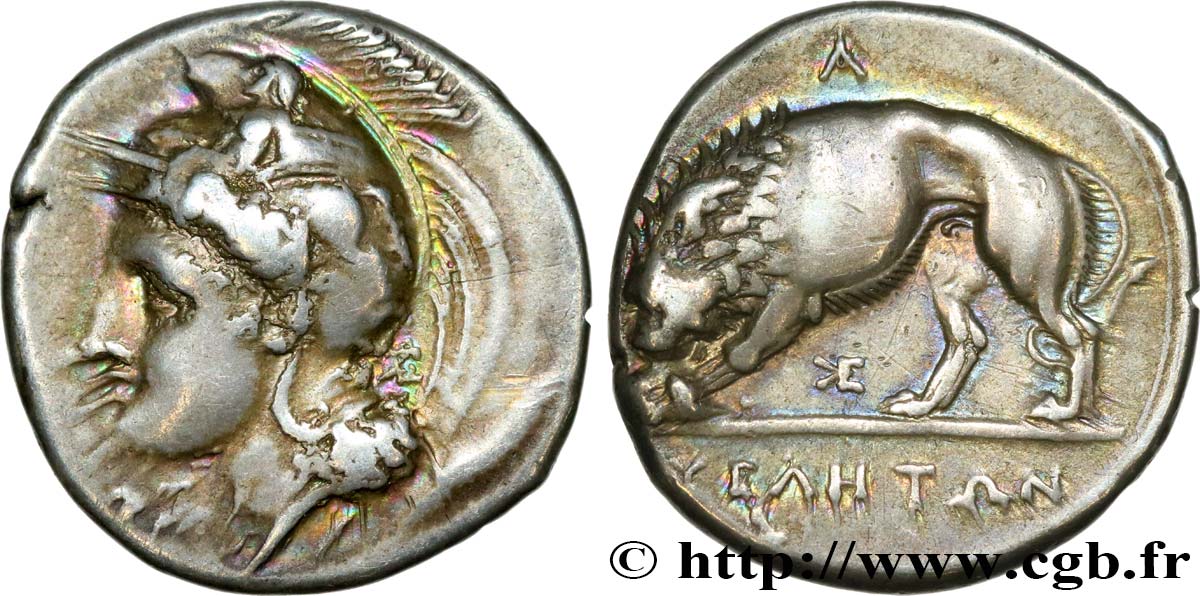
 Report a mistake
Report a mistake Print the page
Print the page Share my selection
Share my selection Ask a question
Ask a question Consign / sell
Consign / sell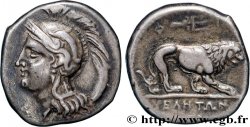
 Full data
Full data




